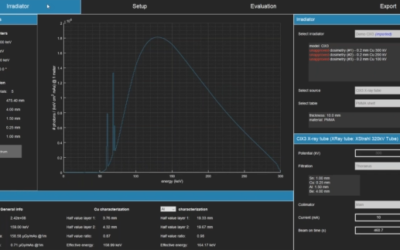Xstrahl’s radiotherapy systems can be used to treat benign skin disorders, such as keloids, which usually demonstrate a high recurrence rate. To date, there has been no single, standardized modality agreed upon to produce the best results in the treatment of these high recurrence conditions. With radiotherapy being used as the most common treatment for over a century, in most cases together with surgery, the implications of varying dose rates and treatment schedules has not been fully studied via randomized controlled clinical trials.
In their research “Optimizing Radiotherapy for Keloids: A Meta-Analysis Systematic Review Comparing Recurrence Rates Between Different Radiation Modalities”, authors Mankowski P, Kanevsky J, Tomlinson J, Dyachenko A and Luc M reviewed the radiation-based treatments (brachytherapy, electron beam and X-ray) used for keloid management and compared their outcomes in a randomised clinical trial. In addition, a literature review was performed using papers from 1942 to 2014 using the PubMed database of the National Center of Biotechnology Information, MEDLINE database, Biosis, Embase, Google scholar, and Cochrane.
The results of this study reinforce that postoperative radiotherapy is an effective management for keloids with meta-analysis demonstrating that radiotherapy after surgery had a lowered recurrence when compared to radiotherapy alone (22% and 37%, respectively, P = 0.005).
The whole range of Xstrahl medical therapy systems are widely used throughout Europe in the treatment of benign conditions such as keloids.
To find out more about the science being conducted with Xstrahl systems you can learn more at Xstrahl Medical for the latest developments.
This Xstrahl In Action was adapted from a article found on a National Library of Medicine website.







